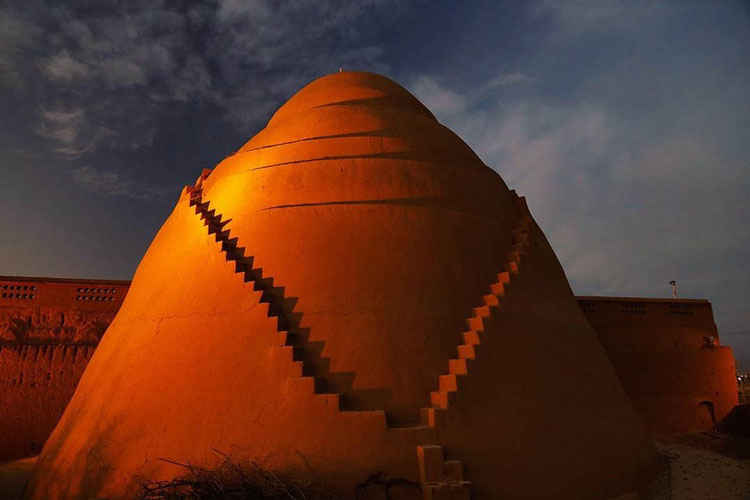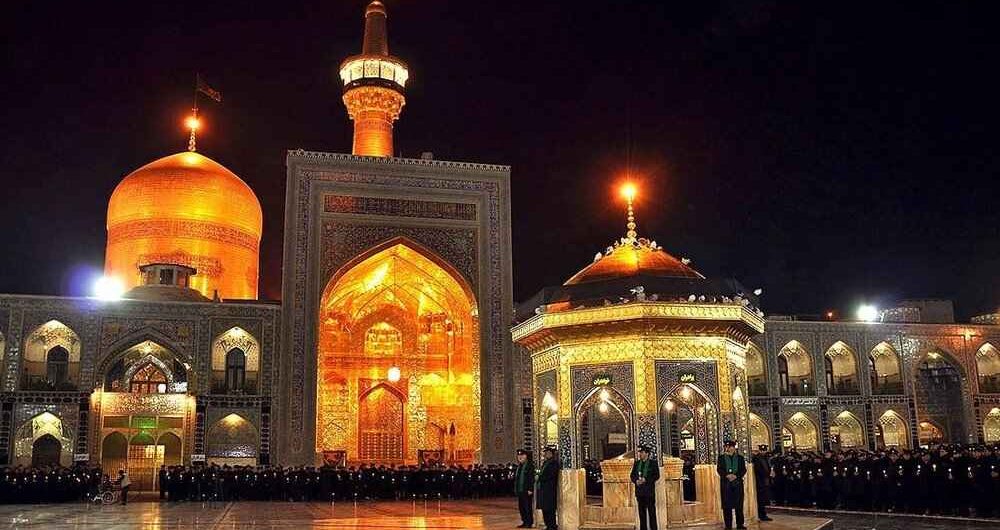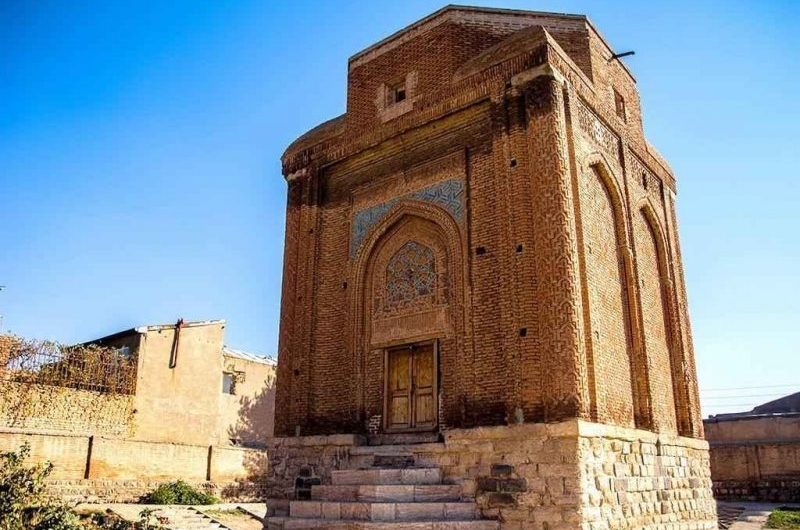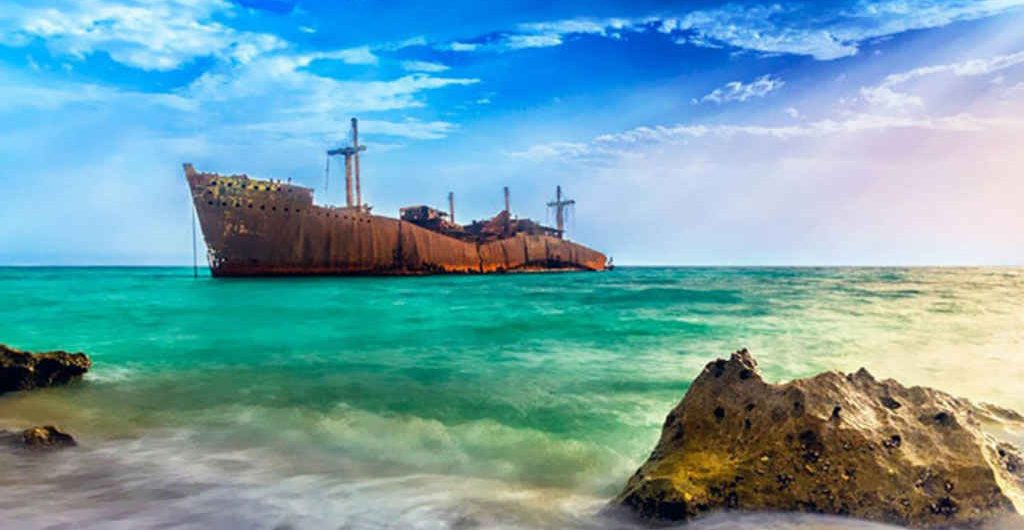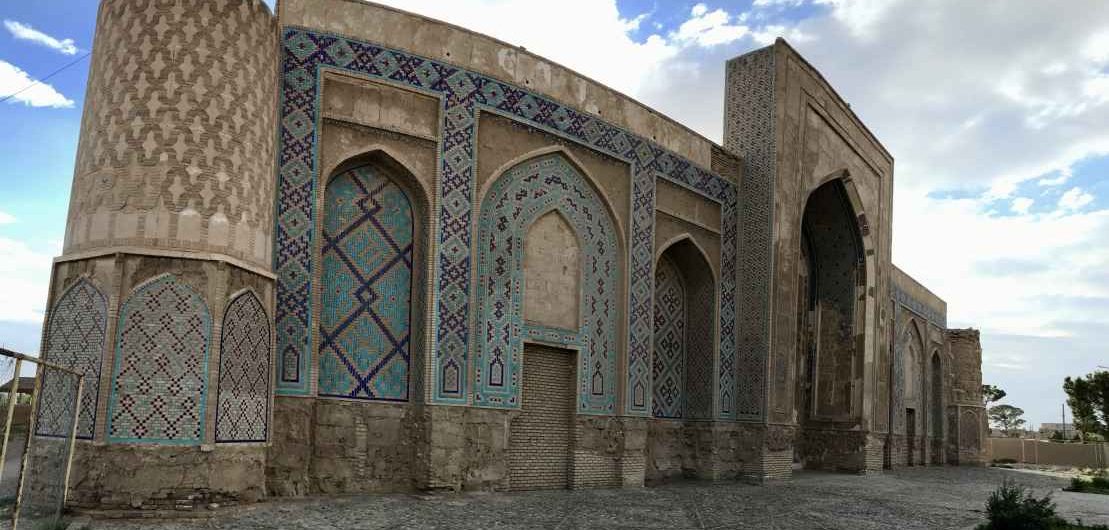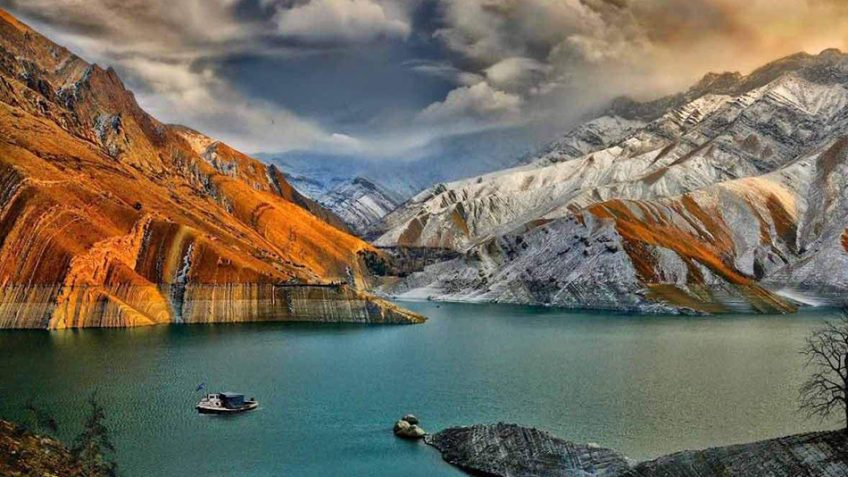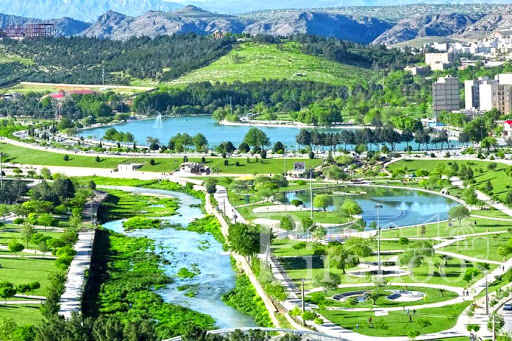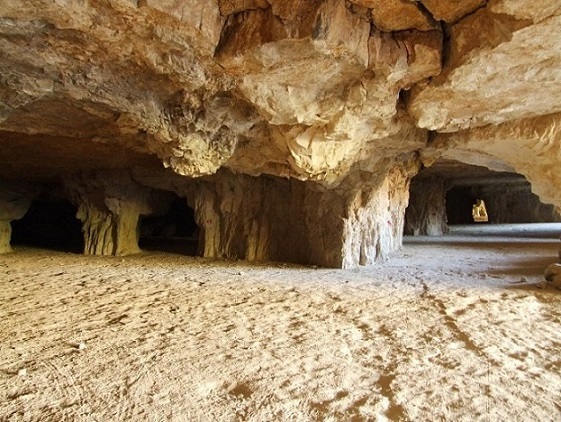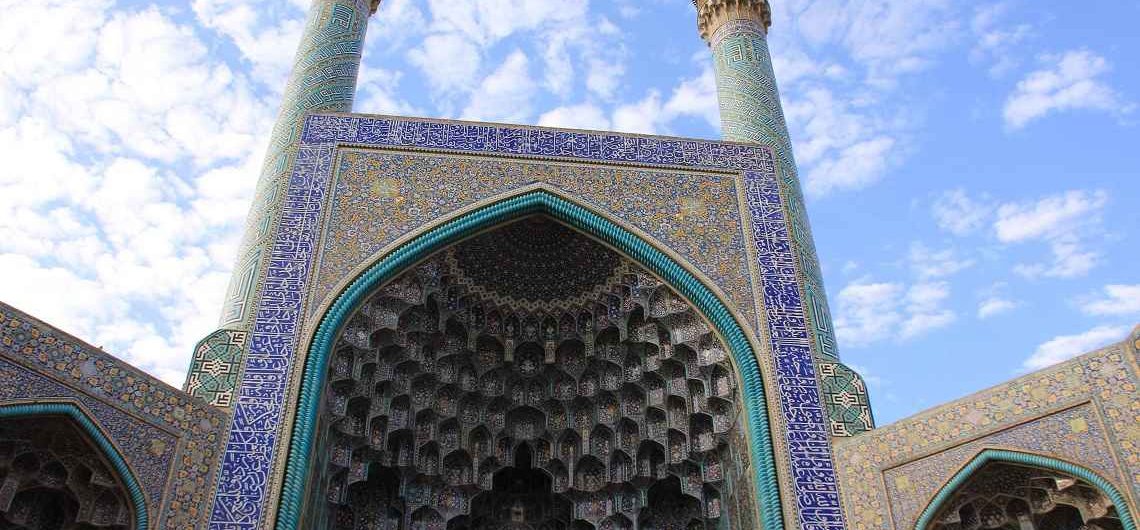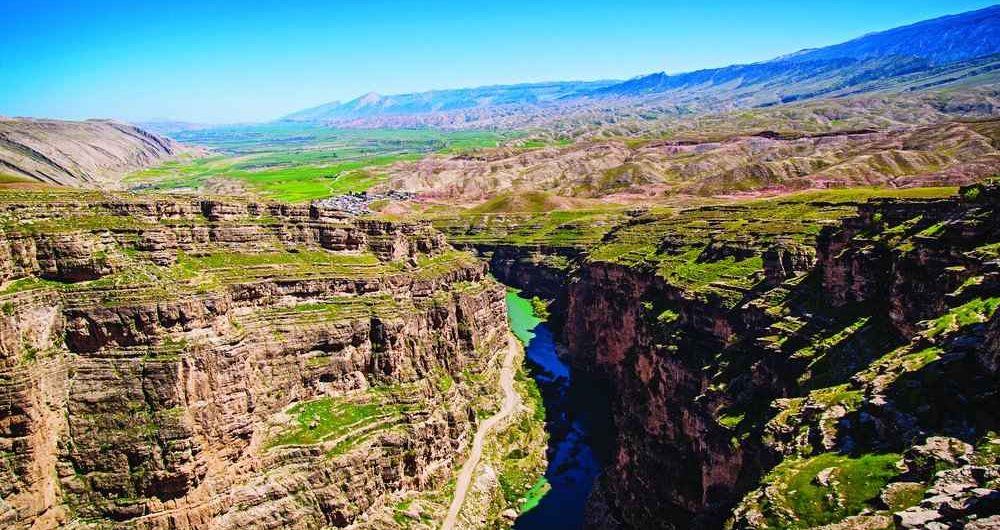Isfahan The splendor of Isfahan came during its reconstruction by the Safavid monarch Shah Abbas I, who moved his capital here at the end of the 16th century. Monuments from the Safavid era include palaces, mosques, minarets, churches, gardens, bridges, and caravanserais, many of which are considered masterpieces of Islamic art today. Naqsh-e Yahán (Mirror of the World) square, as well as the Aljama Mosque of Isfahan have been declared a World Heritage Site by UNESCO. The city of Isfahan, called “the Middle of the World”, is the third most populous city in Iran, located in the heart of the country. Among the Christian churches dating back to the 17th century, Vank Cathedral and St. Mary's Church are dazzling. Also, Ali Qapu Mansion, Menar Jonban, Khaju Bridge and Sheikh Lotfollah Mosque are other historical works of this city. Isfahan has a long tradition of making high-quality carpets and silver jewelry. Antiquities of Isfahan Naqsh-e Jahan Square Naqsh-e Jahan Square (image of the world), also known as Plaza Real, with an area of 80,000 m2 - 512 meters long and 163 meters wide - is the second largest square in the world. This square, which over time became the commercial center of Isfahan, is surrounded by historical monuments of the Safavid era: to the north is the Portico of Qeysarieh, to the south the Imam Mosque, to the west the Palace of Ali Qapu and to the east is the Sheikh Lotfollah Mosque. At the bottom are two hundred shops where most Iranian handicrafts are produced and sold, such as miniatures, turquoise work, enamels and traditional tablecloths. In this square, there are still the polo poles that were built in order to limit the polo field 400 years ago. Sheikh Lotfaollah Mosque The delicate pale pink dome blends seamlessly with the
Isfahan
The splendor of Isfahan came during its reconstruction by the Safavid monarch Shah Abbas I, who moved his capital here at the end of the 16th century. Monuments from the Safavid era include palaces, mosques, minarets, churches, gardens, bridges, and caravanserais, many of which are considered masterpieces of Islamic art today. Naqsh-e Yahán (Mirror of the World) square, as well as the Aljama Mosque of Isfahan have been declared a World Heritage Site by UNESCO.
The city of Isfahan, called “the Middle of the World”, is the third most populous city in Iran, located in the heart of the country. Among the Christian churches dating back to the 17th century, Vank Cathedral and St. Mary’s Church are dazzling. Also, Ali Qapu Mansion, Menar Jonban, Khaju Bridge and Sheikh Lotfollah Mosque are other historical works of this city.
Isfahan has a long tradition of making high-quality carpets and silver jewelry.


